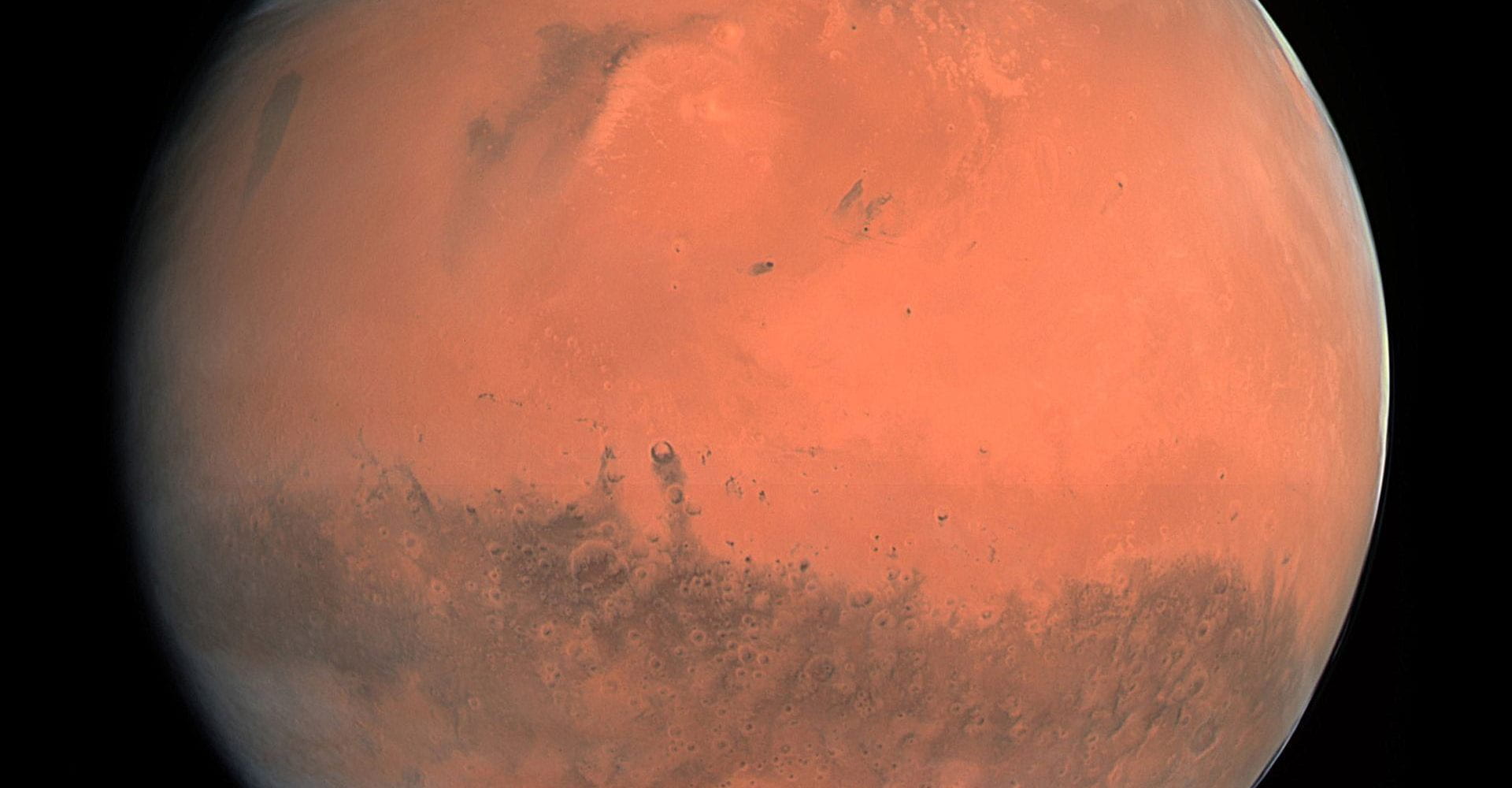
Insomnia on the Red Planet
By Isobel Abell, class of 2020
Do you find yourself struggling to wake up in the morning? Do you wish you had an extra 39 minutes to snooze? Well look no further, Mars has the solution for you! One sol (a Martian day) is approximately equal to 24 hours and 39 minutes by Earth standards (or 12 hog and 15 malops as the Martians say). Despite the appeal of extra time, this poses a problem to astronauts and Martian colonists alike: how well would our bodies sync to this new time zone?

Photo via Wikimedia Commons
How do we know when to sleep?
Circadian rhythms are our internal alarm clocks, they run on a 24 hour timer and tell the body when things need to be done. The most common circadian rhythm is the sleep-wake cycle. Getting a good sleep, aligned with your circadian rhythm, is vital for both your physical and mental health (here are some tips to improve your sleep hygiene).
Circadian rhythms sync to an overarching Master Clock (also known as the circadian pacemaker). This Master Clock ensures our digestive system spaces itself out to our usual meal times and the endocrine system releases hormones to balance the energy levels needed throughout the day. Found in the hypothalamus, the Master Clock relies on certain environmental clues to keep itself in time. Things like exercise, social activity and temperature help to regulate this Clock. However, light has the most powerful influence on our circadian rhythms, linking us to Earth’s day/night cycle.
Life on Mars
So how does this translate to life on Mars? A common disrupter of circadian rhythms is jet lag – crossing a time zones without telling your body clock. While you’ve travelled home, your body is still back on holiday and your sleep, hunger and bowel habits are stuck halfway across the world. The extra 39 minutes of a Mars sol compared to an Earth day is the equivalent to travelling west by two time zones every three days. While an extra 39 minutes a day sounds like a great way to get things done, unfortunately it comes with the caveat of living in perpetual jet lag.
In 1997, NASA launched the Mars Pathfinder, the first robotic rover on the surface of Mars. They decided to run an experiment and told the scientists operating the rover to live indefinitely on Mars time. Charles Czeisler, a sleep scientist retroactively employed by NASA, described the crew as ‘mutinous’. With the rover lasting longer than expected exhaustion drove the crew to desperation as they begged NASA to shut the rover off.
This unfortunately does not bode well for Mars colonies. If we want to survive both the trip to Mars and our new lives we’re going to need to work out how to help our bodies cope with non-Earth sleep schedules. Studies have found that not having access to a day-night light cycles as well as changes in gravity can affect mood, cognition and overall performance. In short, a tired astronaut is a dangerous astronaut. And even if we make it to the red planet, will we sync to the new Martian day/night cycle or will our bodies crave Earth’s cycle?
Categories